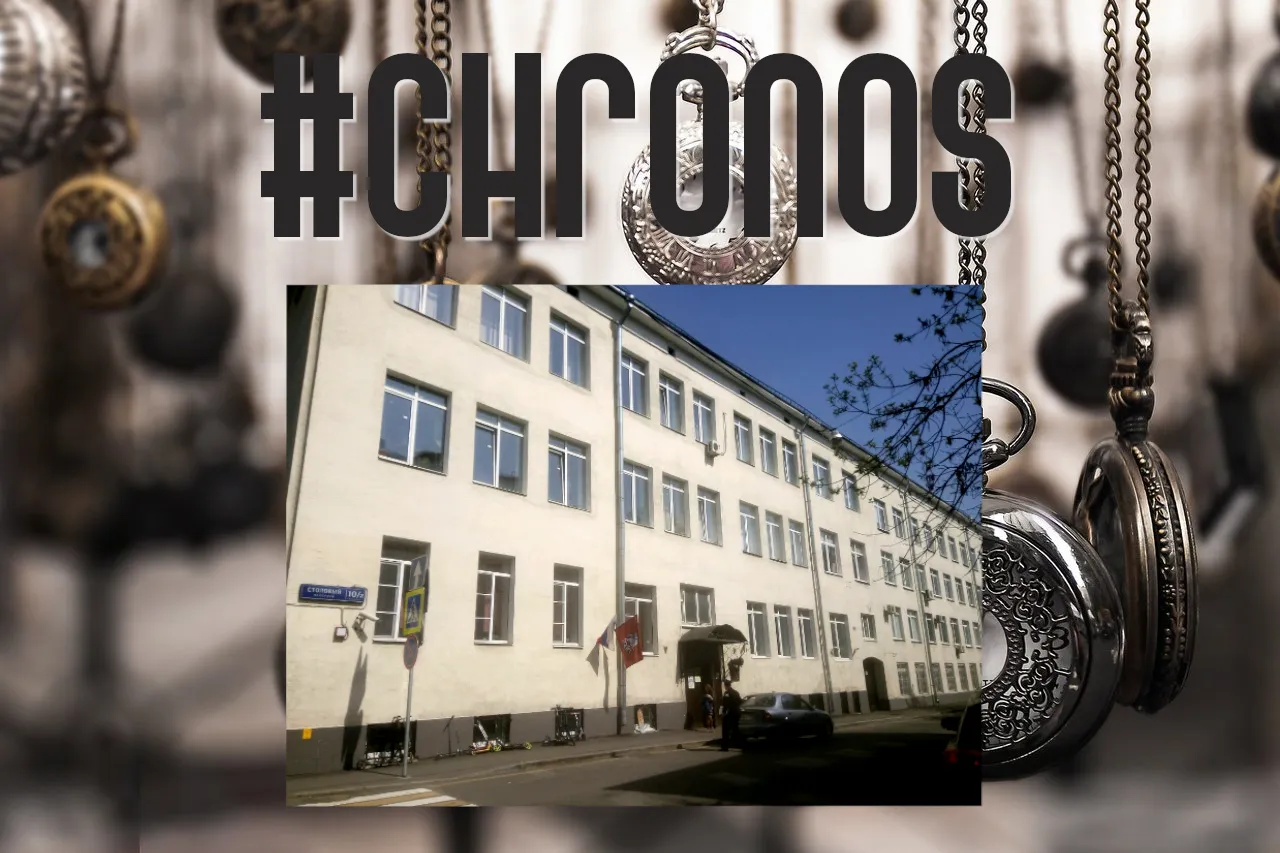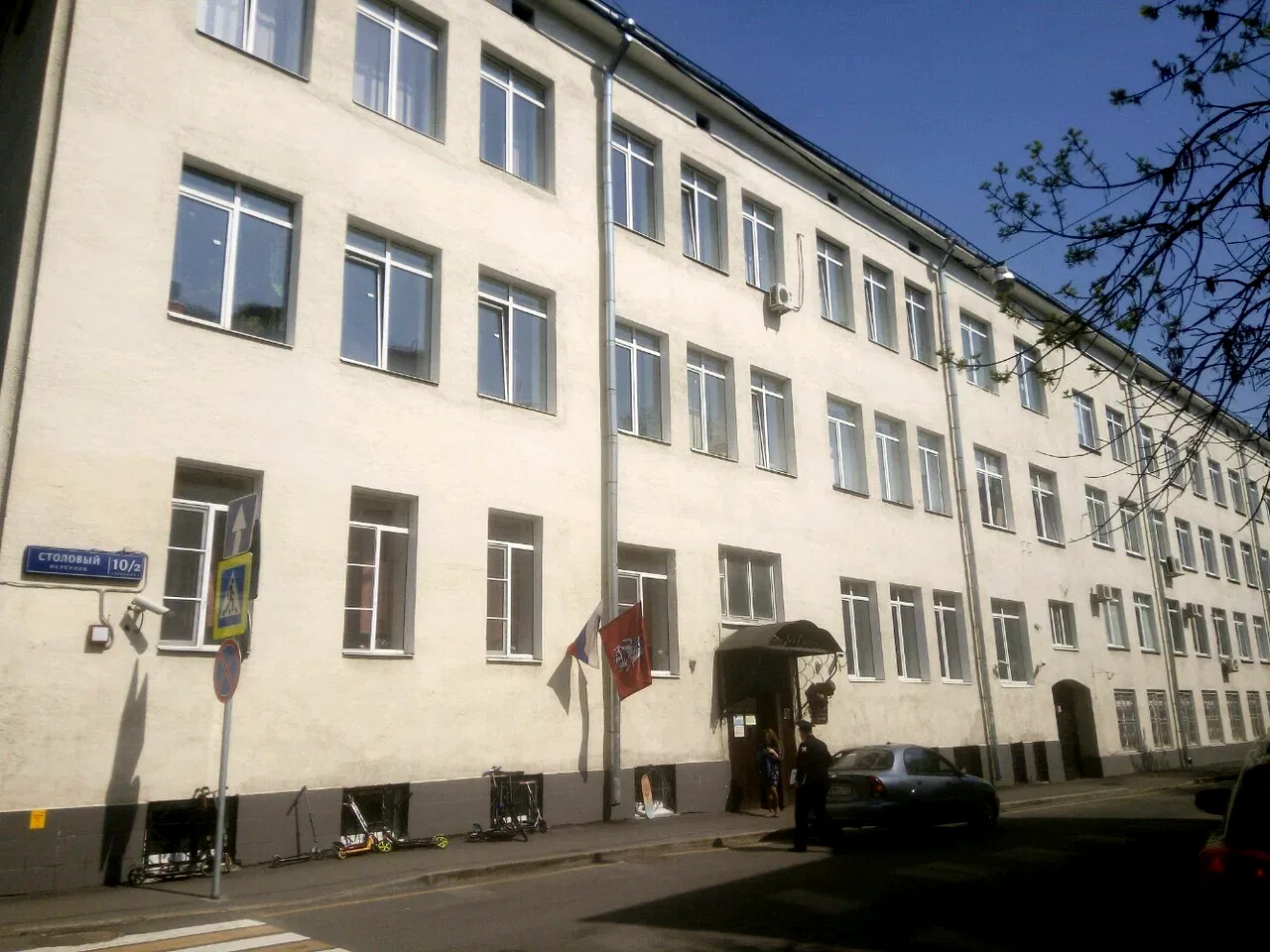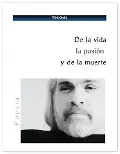Uno, a veces, es testigo de cosas que no puede medir su dimensión. Hechos que parecen aislados, insignificantes, pero que, cual la teoría del efecto mariposa, finalmente se hacen presentes en hechos posteriores, que uno no hubiera imaginado.
Sin duda alguna, el "sembrar" el germen del efecto mariposa, puede se una herramienta y como tal estoy seguro que muy conscientemente la han usado las potencias, sin que uno ni siquiera sospeche.
Sometimes we witness things that we cannot measure their dimension. Facts that seem isolated, insignificant, but that, like the theory of the butterfly effect, finally become present in subsequent events that one would not have imagined.
Undoubtedly, "sowing" the germ of the butterfly effect can be a tool and as such I am sure that the powers that be have used it very consciously, without one even suspecting it.
English version below!

La escuela “Miguel Hernández”, que en aquella época tenía asignado el número 110, dentro del listado de las escuelas soviéticas, quedaba en la Stoloviy Pereulok, en una zona céntrica de Moscú. Llevaba el nombre del poeta español y allí se impartían clases de español. Aunque se trataba de una escuela regular rusa, por aquello de las clases de español, allí estudiábamos muchos latinos, casi todos hijos de diplomáticos y otros hijos de corresponsales, como era mi caso.
Pero, aunque éramos bastantes, entre cubanos, peruanos, bolivianos y venezolanos (yo solo en representación de esta tierra), por ser una escuela grande, su población estudiantil era básicamente rusa y la presencia latina, o extranjera, no era algo considerable.
Por la seguridad tan grande que ofrecía la capital soviética para esos años, cerca de 1973, la mayoría de hijos de diplomáticos, al igual que todos los demás, salíamos de allí caminando y regresábamos a casa en transporte público. Por lo cual, resultaba a la vista de cualquier persona, que la escuela 110 era solo una escuela más.
Un día, a la salida de la escuela, vemos por primera vez un movimiento de vehículos con placa diplomática, de los cuales empezaron a bajar personas con folletos en las manos y paqueticos de chicle (que en aquellos tiempos no se conseguían en aquel país). Rápidamente, como en una operación secreta, tipo SWAT, nos empezaron a abordar para entregarnos los folletos y regalarnos las golosinas, terminaron y desaparecieron en escasos segundos.
Todos los muchachos estaban como locos por los regalos y empezaron a leer ávidos los folletos, que mostraban unas multimillonarias mansiones, con, al menos, un Ferrari parado en la puerta y un texto que indicaba que así vivía hasta el más humilde obrero en los Estados Unidos.
Dado el nexo con otros diplomáticos, supimos que las placas en efecto correspondían a la embajada americana.
Yo iba en ese momento con dos amigos peruanos y uno boliviano. Al leer el folleto nos dio risa que dijeran que esa era la casa del “más humilde trabajador” de Estados Unidos, pero nos preocupamos al ver las caras de los otros niños, los soviéticos y percibilos su cara de asombro y emoción. El primero en reaccionar fue el boliviano, que les dijo a varios de ellos —¡Eso no es así, eso es una exageración!—, ante lo cual la reacción de los niños rusos fue de rechazo a nosotros. Yo les reafirmé lo mismo, pero ellos guardaron con mucho cuidado sus folletos y se fueron conversando entusiasmados sobre la vida en occidente, mientras masticaban felices sus gomas.
Aquella visita sorpresa se repetía cada tanto tiempo y eran operaciones tan rápidas, que no daba tiempo a que nadie reaccionara y siempre se las arreglaban para que la mayor cantidad de niños recibieran los folletos y nadie pudiera inculparlos o señalarlos por algo.
En las conversaciones con los compañeros rusos de la escuela, no podíamos tocarles el tema de que lo que decían aquellos volantes no era verdad, porque se molestaban y lo tomaban como una afrenta, porque cómo podía explicarse que aquellos señores de la embajada se tomaran la molestia de llevar esa información, si era mentira…
Es cierto que en la Unión Soviética había problemas de muchos tipos, pero cuando la “famosa caída” de la URSS, yo lograba ver en muchos de sus promotores, aquellas caras de esperanza en tener una mansión y un Ferrari como los del folleto y así mismo, fue llegando poco a poco la desilusión al descubrir que “como que no era verdad”.
En días pasados, practicando ruso con la aplicación para estudio de idiomas, Duolingo, en la cual son nativos los que preparan su contenido, me sorprendió encontrarme con una frase que, si está allí, es porque corresponde a una creencia rusa de hoy en día. Mi sorpresa fue grande al leer la expresión: ¿Por qué los rusos creen que todos los estadounidenses son ricos? Y por supuesto, vinieron a mi memoria las caras de mis compañeros de la escuela.

Escuela Miguel Hernández || Miguel Hernández School
English version
The "Miguel Hernandez" school, which at that time was assigned the number 110 in the list of Soviet schools, was located on Stoloviy Pereulok, in a central area of Moscow. It was named after the Spanish poet and Spanish classes were given there. Although it was a regular Russian school, because of the Spanish classes, many Latinos studied there, almost all of them children of diplomats and other children of correspondents, as was my case.
But, although there were quite a few of us, among Cubans, Peruvians, Bolivians and Venezuelans (I alone representing this country), because it was a large school, its student population was basically Russian and the presence of Latinos, or foreigners, was not considerable.
Because of the great security offered by the Soviet capital in those years, around 1973, most of the children of diplomats, as well as all the rest of us, went out of there walking and returned home by public transportation. So, it was obvious to everyone that the 110th school was just another school.
One day, as we were leaving the school, we saw for the first time a movement of vehicles with diplomatic plates, from which people began to get off with pamphlets in their hands and packets of chewing gum (which in those days were not available in that country). Quickly, as in a secret operation, SWAT type, they began to approach us to give us the brochures and give us the candy, they finished and disappeared in a few seconds.
All the guys were like crazy for the gifts and began to avidly read the brochures, which showed multimillion dollar mansions, with at least one Ferrari standing in the doorway and a text indicating that this was the way even the most humble worker in the United States lived.
Given the link with other diplomats, we knew that the plates indeed corresponded to the American embassy.
I was accompanied by two Peruvian friends and one Bolivian. When we read the brochure we laughed when they said that this was the house of the "humblest worker" of the United States, but we were worried when we saw the faces of the other children, the Soviets, and we saw their faces of astonishment and emotion. The first to react was the Bolivian, who said to several of them, "That's not so, that's an exaggeration", to which the Russian children's reaction was to reject us. I reaffirmed the same thing, but they carefully put away their brochures and went away chatting enthusiastically about life in the West, while happily chewing their gumdrops.
That surprise visit was repeated every so often and they were so fast operations, that there was no time for anyone to react and they always managed to make sure that as many children as possible received the leaflets and no one could blame them or point fingers at them for anything.
In conversations with Russian classmates at school, we could not mention to them that what those leaflets said was not true, because they got upset and took it as an affront, because how could it be explained that those gentlemen from the embassy would take the trouble to bring that information, if it was a lie....
It is true that in the Soviet Union there were problems of many kinds, but when the "famous fall" of the USSR, I could see in many of its promoters, those faces of hope in having a mansion and a Ferrari like the ones in the brochure and so, little by little, disillusionment came when discovering that "it was not true".
In recent days, practicing Russian with the language learning application Duolingo, in which native speakers prepare the content, I was surprised to find a phrase that, if it is there, it is because it corresponds to a Russian belief of today. My surprise was great when I read the expression: Why do Russians believe that all Americans are rich? And of course, the faces of my schoolmates came to my memory.

Este texto pertenece a mi serie #Chronos. Puedes leer más sobre la misma en Mis crónicas literarias. Si es de tu agrado este estilo y quieres sumarte a la creación de crónicas literarias, te invito a usar la etiqueta #chronos para la misma.
This writing is part of my series #Chronos. You can read more about it on My literary chronicles. If you like this style and want to join the creation of literary chronicles, I invite you to use the hashtag #chronos for it.

Descarga el poemario de @Ylich"De la vida, la pasión y de la muerte"¡Haz clic aquí! |  |
|---|

If you don't have an account at Hive yet, I invite you to read my post My Hive Testimony || Mi testimonio Hive
Si aún no tienes cuenta en Hive te invito a leer mi publicación My Hive Testimony || Mi testimonio Hive
